Are Acupuncture and Skin Scraping Therapy Beneficial?
These Eastern medicine traditions have been around for more than 2,000 years.
“Oh my God!” That was my husband’s response to seeing my back after my first scraping treatment. Although I have been faithfully receiving acupuncture at least twice a month for the past 15 months, this past week was the first time I had gua sha performed.
According to an article in Medical News Today, gua sha is a technique in traditional Eastern medicine that can be used to treat muscle pain and tension and to move blocked energy or qi (pronounced chee) in the body.
I have to admit that I have felt a little tense lately. Between my ongoing cancer battle, the current political climate, the rising cost of just about everything, and the fact that our oldest child is graduating from high school in a few months, it’s fair to say I have been stressed.
Acupuncture
But before we dive into gua sha, let’s start with acupuncture. My traditional acupuncture sessions include the placement of more than 50 needles all over my body and can also include my head, face, fingers, ears, and toes. If you’re not exactly sure what acupuncture is, this practice comes from traditional Chinese medicine and has been around for more than 2,000 years. The needles can be applied while you are laying on your stomach or back.
The Cleveland Clinic defines acupuncture as the process of “an acupuncturist inserting very thin steel needles into your skin at multiple ‘acupoints.’ The needles rebalance the body’s energy or qi and prompt your body to release natural chemicals to fight the illness or symptoms” you are suffering from. This includes:
· Arthritis
· Back, neck, and muscle pain
· Headaches and migraines
· Cancer and cancer treatment side effects
· Immune system problems
· Irritable bowel syndrome
· Menopause and hot flashes
· Pregnancy discomforts.
I first started doing acupuncture to help combat the side effects I experienced from chemotherapy. However, I have continued with this practice to help maintain my qi and improve my overall health and wellbeing.
The acupuncture needles are sterile, disposable, and as thin as a human hair. That being said, it’s surprising how sometimes I hardly feel the needles, and other times the body part that is being addressed jumps off the table or jerks involuntarily.
Acupuncturists insert the needles at various depths, from a fraction of an inch to a couple of inches. The needles stay in for a few minutes to as long as 20 minutes. My needles stay in for about 20-30 minutes, as I lie on a heated table with a “space blanket” or mylar blanket on top of me to keep me warm (the blanket can’t be anything too heavy with all of those needles underneath). I usually fall asleep, and once the needles are out I feel completely relaxed.
Gua Sha
So, when I went to my acupuncture session this past week, and my practitioner recommended skin scraping, I was a little curious and wanted to try it. Gua sha (pronounced gwahshah) comes from the Chinese word for scraping. It’s the practice of using a tool to apply pressure and scrape the skin to relieve pain and tension.
This tradition has also been around for more than 2,000 years. Some practitioners use traditional tools, like a spoon or coin, while others apply a small, handheld tool with rounded edges. Oil should also be smeared on to the area of the body being treated. The result of this action is light bruising, which often appears as purple or red spots known as petechiae or sha.
Per Medical News Today, “people believe that qui can become blocked, causing pain or tension in the muscles and joints. Gua sha aims to move this blocked energy to relieve aches or stiffness. Traditional East Asian medicine also views blood stasis or stagnation as a cause of pain and illness. Another aim of gua sha is to move pooled or stagnated blood to relieve symptoms.” In addition to muscle relaxation and pain relief, gua sha is also reported to provide positive results in lymphatic drainage and benefits the immune system and reduces inflammation.
So, why did my back look like I had been horse whipped? The practice of gua sha causes tiny blood vessels near the surface of the skin to burst, creating bruises known as sha. The bruises usually take a few days or weeks to heal and can be tender.
More evidence is needed to confirm whether gua sha is an effective treatment. The practice of gua sha is not for everyone, so you should consult your doctor before you consider engaging in this practice.
For me personally, I am at a point where I am willing to try anything to get rid of the cancer in my body. Gua sha was a little uncomfortable and definitely not relaxing. My back was sore and bruised for several days after the treatment. Did I directly benefit from it? I’m not sure. Only time will tell. Would I do it again? Probably, if my acupuncturist recommends it. I trust her completely. She is the only one on my cancer journey that said she would heal me. She also gave me hope in my darkest hours.
That being said, if you are considering acupuncture or gua sha, do your research, ask for recommendations, and be sure you use an experienced practitioner. Since Eastern medicine has been using both of these practices for more than 2,000 years, I have to think there is something to it.


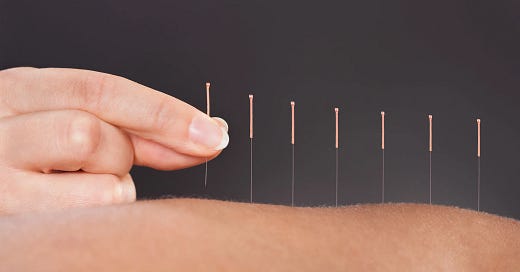



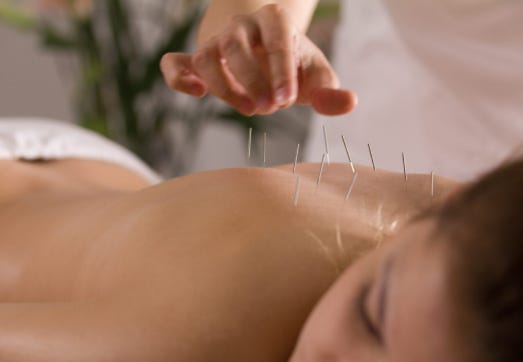
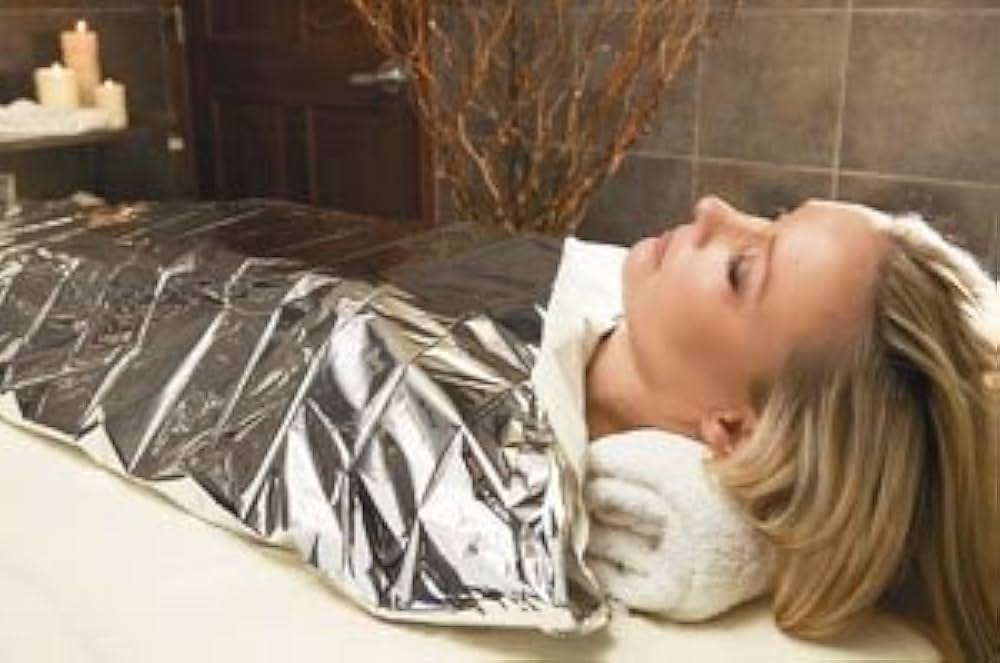
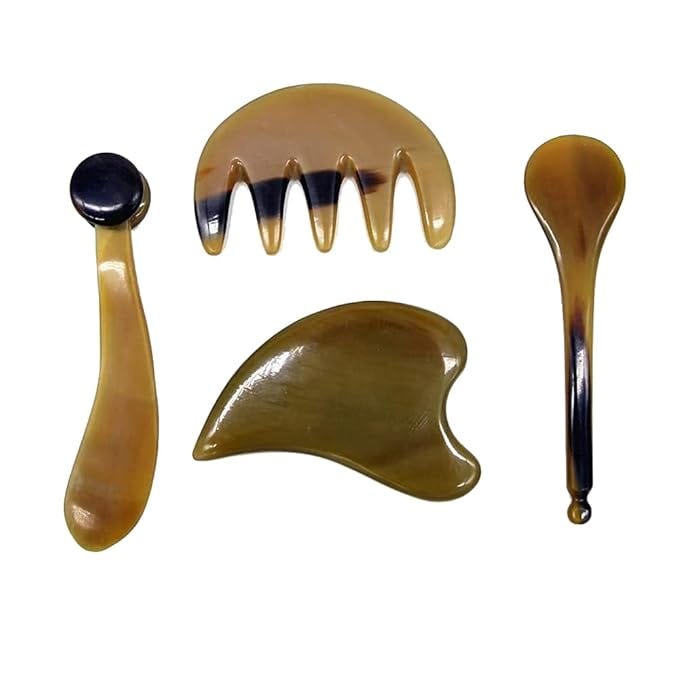
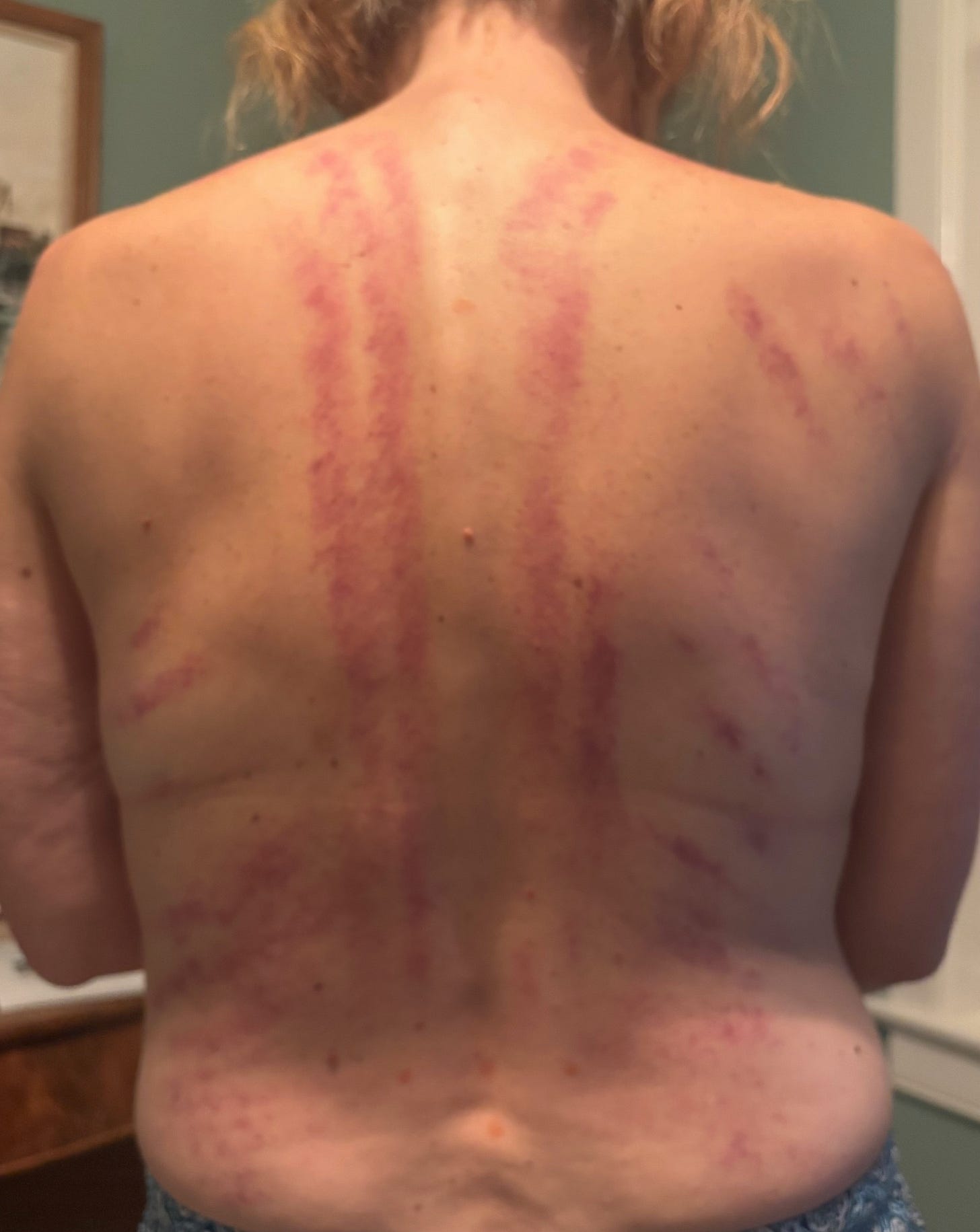
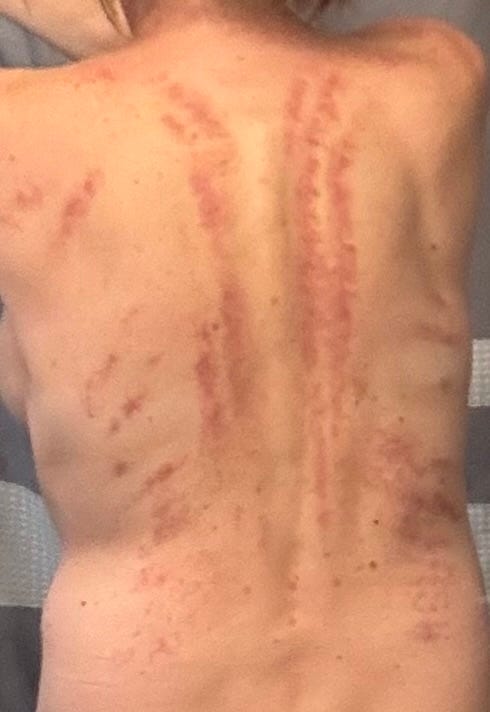
Garnet, you always have the most interesting tidbits to share. All these alternative health treatments completely fascinate me so thank you for taking the time to enlighten us!